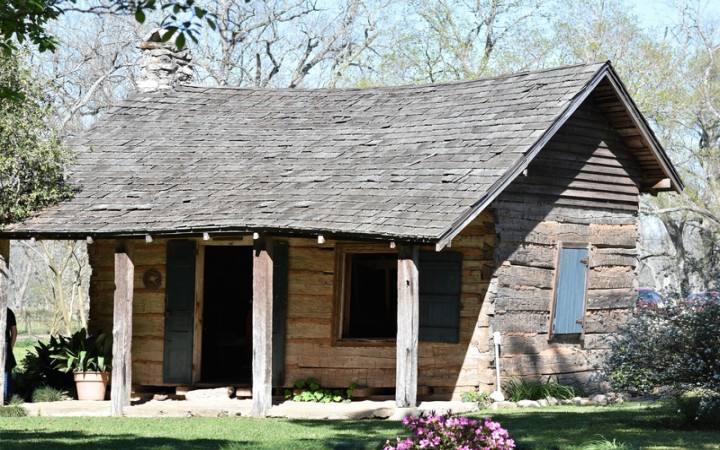Today’s Wonder of the Day was inspired by MaryClair. MaryClair Wonders, “What inspires artists to make art?” Thanks for WONDERing with us, MaryClair!
Have you ever wanted to make a painting? Just pull out some paints and some paper or a canvas and start something beautiful? If you had nothing to paint on, you might try looking around for a blank surface. That’s how the artist we will discuss today got her start. Let’s study the life and career of Clementine Hunter!
She was born Clementine Reuben at Hidden Hill in January 1887. People knew Hidden Hill plantation in Louisiana for its brutal treatment of its enslaved people and servants. The novel Uncle Tom’s Cabin was possibly based on Hidden Hill.
Her parents were Creole, and her grandparents had been enslaved people. She never got more than a few days of formal schooling in her life.
When she was a youth, her family moved to the Melrose plantation, also in Louisiana. Melrose was a traditional plantation. Owners who took it over later turned it into an artists’ colony. Hunter started working alongside her parents as sharecroppers. She moved to housework and wound up as a cook. Hunter spent most of her life at Melrose.
She began painting when she was in her 50s. With a set of someone else’s used paints, she used a window shade to create her first work of art. In the years that followed, Hunter used many surfaces for her paintings. She created on gourds, bottles, pieces of wood, and even plastic milk jugs. Of course, she also worked on traditional canvases and papers.
Clementine Hunter created thousands of paintings during her career. She started a new type of folk art. She used her work to show what it was like to be a Black woman living on a plantation. Hunter, who could not read or write, told stories about those people who made the plantations run. Her primitive art gained the attention of people who visited Melrose. She sold her work. Her first sales were less than a dollar per painting. At an auction in the 2000s, one of Hunter’s paintings sold for close to $70,000!
Hunter’s paintings featured the everyday life of plantation workers. She also showed occasions like baptisms, funerals, and weddings. Almost all her figures were of Black women. The scenes are simple and full of joy. Along with her paintings, Hunter created quilts and some fabric art.
Although she started working with no formal art training, her work gained universal respect. Look magazine featured Hunter in 1953. Her art career took off. President Carter invited her to visit the White House. Her art hangs in museums across the U.S. Her best-known works are murals painted on the walls of the African House on the Melrose plantation.
Northwestern State University in Louisiana gave her an honorary fine arts degree. Many articles and books feature Hunter and her work. Robert Wilson wrote an opera in her honor. She died January 1, 1988, at 101.
So, the next time you get the urge to make a painting, ask a trusted adult if there is anything you can paint on besides paper or a canvas!
Standards: CCRA.R.1, CCRA.R.3, CCRA.R.5, CCRA.R.8, CCRA.R.10, CCRA.L.3, CCRA.L.4, CCRA.L.5, CCRA.L.6, CCRA.W.3, NCAS.CR.1




